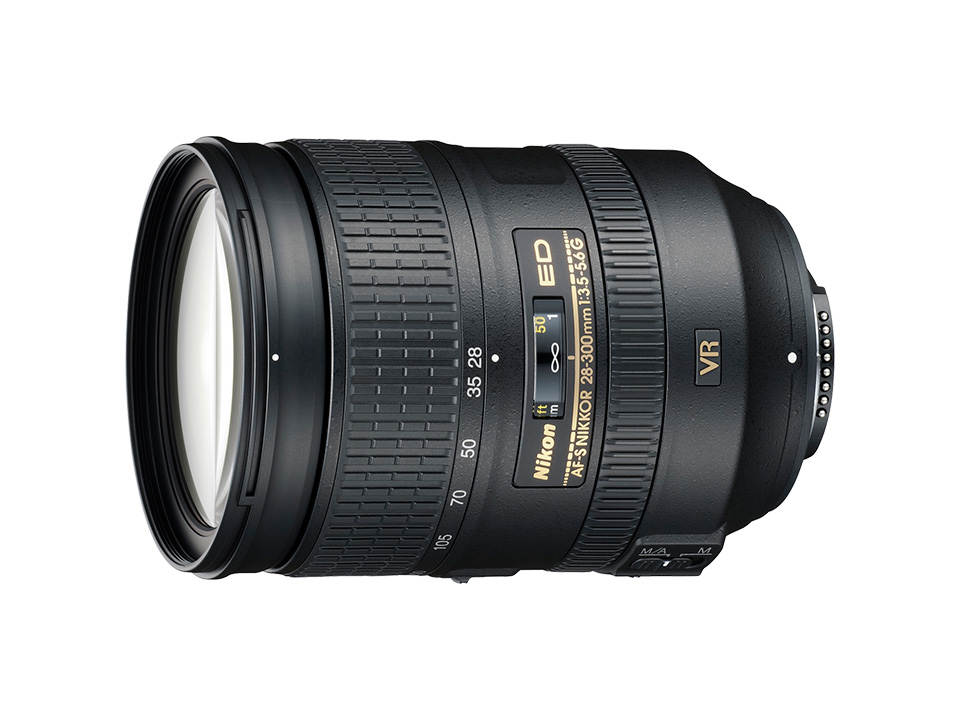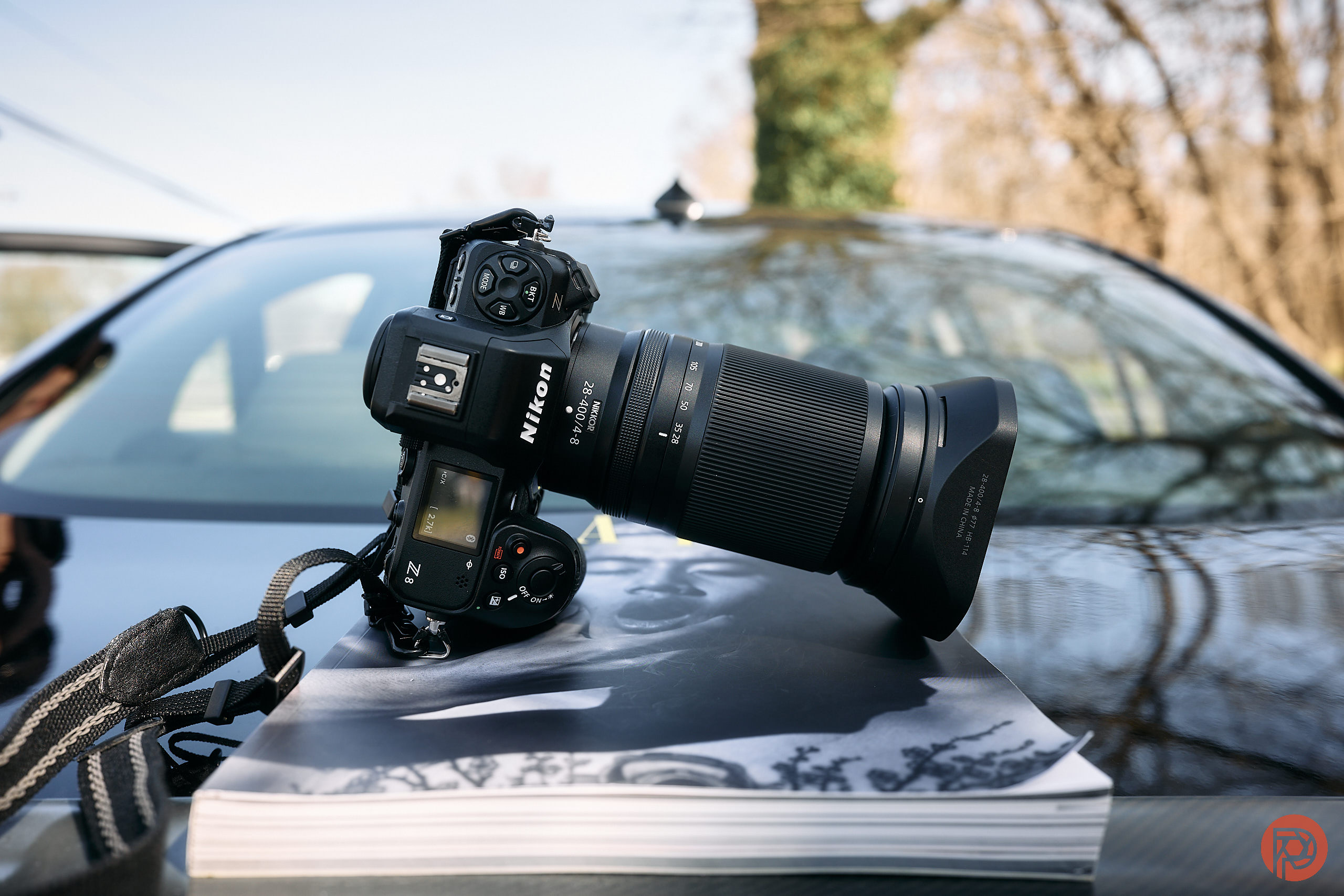John Navitsky
Well-known member
prudence and the ethics of taking jobs like this when they don't know what they're doing
"one does not know what one does not know"
--D-K (well, they _might_ have said it
If you would like to post, you'll need to register. Note that if you have a BCG store account, you'll need a new, separate account here (we keep the two sites separate for security purposes).
prudence and the ethics of taking jobs like this when they don't know what they're doing
I don't say this to insult or to criticize any of these people (though I do seriously criticize their prudence and the ethics of taking jobs like this when they don't know what they're doing). Rather, all of this is to say that I think "salable" is different from "high quality" or even maybe just "good."

While none of us can be sure of quality in advance of the lens being released on about 18th of April, the original 18-200 DX that I owned could well be a forerunner.* (I'm assuming, of course. Until we see photos from the lens, we're all talking out of our butts.)


I agree. Good on Nikon for developing a product which will address a range of styles and needs. This lens will produce good photos and I expect it to be quite popular.The 28-400 will take good pictures over a very wide zoom range at a price many are relatively able to pay.
I agree…this is clearly designed as a light travel mostly lens but with enough reach to get decent good enough shots of wildlife for screen or prints say up to 16x20…and is designed to be a single lens user thing, although I agree that 28 really isn’t wide enough for travel and pairing with a 14-30 makes a nice 2 lens kit for those users.At some point “professional” became a synonym for “good”. A “pro lens” or a “pro job”. I think that’s the crux of this problem.
You can work for hire but not produce good results. I certainly didn’t do half the job I can do now on my first paid shoot.
You can also produce good results without profit motive. (Reference: the majority of this forum!)
The 28-400 will probably produce results for landscapes that look good up to moderate print sizes, like the 24-200. And for the vast majority of applications, that will be good enough.

 www.thephoblographer.com
www.thephoblographer.com
I also used the 28-300 alot for years with the D850 and it produced sharp images. I will be anxious to see your results when you get it.When I traveled around central Europe I took the 28-300mm lens and it was great. It was only 1.6 ounces heavier than the new 28-400mm lens and it also used 77mm size filters which is very convenient. I had taken the 70-200mm f/2.8 to Italy and it was too large and too conspicuous and I could see people tense up whenever it was pointed in their direction.
As still shooters the value of a lens for videos is overlooked. A wide range zoom is always going to be the first choice where the field of view can be changed during a clip. Ultimate IQ is far less important when people are viewing most videos, even at 4K.
The f/8 at 400mm would be a concern with older cameras as the amount of light reaching the autofocus sensors was a concern. Shooting with the D3 at dimly lit wedding receptions I needed to use a f/1.4 prime lens for the autofocus to function. The Z9 has a far better autofocus system in every respect.
With such a small lens and inexpensive at $1,300 it was an easy decision to add one to my kit for video shooting. It will probably replace my 6 lb Sigma 60-600mm lf/6.3 zoom lens which is not terribly sharp but adequate for video.
Nimi, I don't know about India, here are a few pictures of amature photographers in China. The No.1 selling camera brand is still Canon, it has a very strong grip over there.The target is Nikon's greatest growth markets: China and India. Lower income, rapidly-growing middle class, keen interest in photography, and where Nikon is still a top, maybe the top in brand recognition.
Nimi, I don't know about India, here are a few pictures of amature photographers in China. The No.1 selling camera brand is still Canon, it has a very strong grip over there.
Oliver
View attachment 85422View attachment 85423View attachment 85424
If you can comfortably manage the kit you have, stay with it. The new 28-400 will capture fine images but your lens will provide superior image quality and give you greater flexibility in lower light situations.I am a beginner who has been working with the 400mm prime lens + 1.4 TC as needed to pull the birds closer. I just tested this kit on a couple of tours, and it seems right for me because it's light & easy to carry, and I am smaller, older, and shorter than the average outdoor photographer. But, sure, there were times when I would have liked to have the zoom. Adorama sent me an ad for this upcoming release, and once I saw the price + zoom, I was asking myself, What is the catch, & Should I sell my prime lens & switch to this? Reading this thread suggests strongly I should stick with what I've got if my ultimate interest is birds & occasional other critters... Anyone disagree or have something to point out? My primary goal is to have gear I can manage at my size and strength while getting decent/good bird photos. Saving money is not an important purpose, I could save money with a Coolpix.
as well as lens lengththe VR of this synchronized with IBIS goes a long way makes up for the f8 impediment.
as well as lens length
Every Nikon lens I've used allows you to manually focus, even when in auto focus. So, I'm not sure why that's a deal breaker? Also, if I know I'm wanting to take something in manual, I'd switch it on the camera.I also just noticed (from linked video) that it does not have an AF/MF switch, which would make it a deal breaker for me even if I was interested. Nikon did the same thing with their inexpensive (Tamron based) trinity of f2.8 lenses and I did not buy any of those for same reason. I cannot for the life of me understand how any company can make an autofocus lens without a switch on the barrel to go from autofocus to manual focus.
